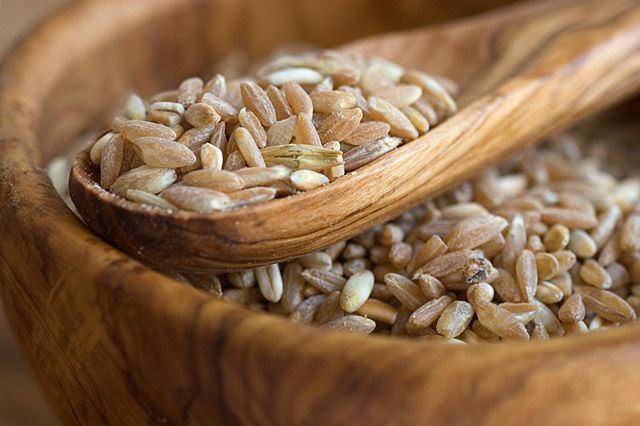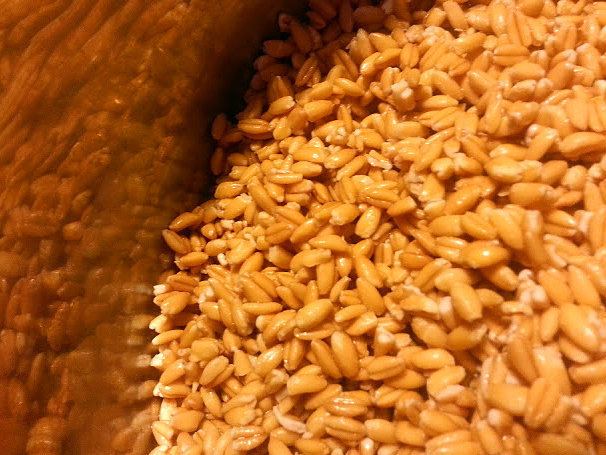Similar Khorasan wheat, Spelt, Barley, Emmer, Orzo | ||
Farro 101 everything you need to know
Farro is a food composed of the grains of certain wheat species, sold dried and prepared by cooking in water until soft, but still crunchy (many recommend first soaking overnight). People eat it plain, and often use it as an ingredient in salads, soups, and other dishes.
Contents
Farro cliffs
Definition

Farro is an ethnobotanical term derived from Italian Latin for a group of three wheat species: spelt (Triticum spelta), emmer (Triticum dicoccum), and einkorn (Triticum monococcum), which are types of hulled wheat (wheat that cannot be threshed). In Italian cuisine, farro is sometimes (but not always) distinguished as farro grande, farro medio, and farro piccolo, respectively. Confusion is generated by the difficult history in the taxonomy of wheat and the colloquial, regional use of the term for specific wheat species; for example, emmer grown in the Garfagnana region of Tuscany is known as farro, and can receive an IGP designation (Indicazione Geografica Protetta), which by law guarantees its geographic origin. Emmer is by far the most common variety grown in Italy, in certain mountain regions of Tuscany and Abruzzo. It is also considered higher quality for cooking than the other two grains, and is sometimes called "true" farro. Farro is also sometimes defined as spelt (dinkel in German), specifically distinguished from both emmer and einkorn.

Regional differences in what is grown locally and eaten as farro, as well as similarities between the three grains, may explain the confusion. Barley and farro may be used interchangeably because of their similar characteristics. Spelt is much more commonly grown in Germany and Switzerland, where people use it in much the same way, and might therefore be called farro, as is épeautre (French for spelt) in France (where, like for farro in Italy, there is petit, moyen and grand épeautre). Common wheat (Triticum aestivum) may also be prepared and eaten much like farro, in which form it is often referred to as wheatberries.
The emmer variety of farro is often confused with spelt, though it is an entirely different species.
Etymology

The Italian word farro derives from the presumed Latin word farrum, from Standard Latin far, farris n. : 'a kind of wheat' (as in farina (food)). Far in turn derives from the Indo-European root *bʰar-es- : ('spelt'), which also gave rise to the English word barley, Albanian bar : 'grass', Old Church Slavonic брашьно (brašĭno) : 'flour', and Greek Φήρον (Phḗron): 'plant deity'.
Sizes

The three species are sometimes known as farro piccolo, farro medio, and farro grande, which are einkorn, emmer, and spelt, respectively. While these names reflect the general size difference between these three grains, some landraces of each overlap into the typical size range of the others.
